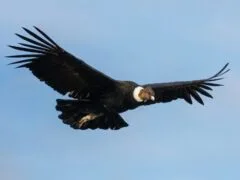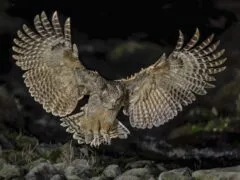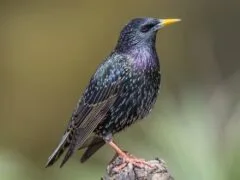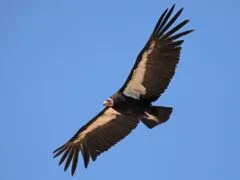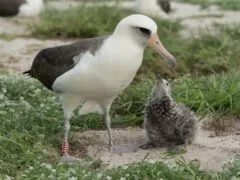The kakapo (Strigops habroptilus) is one of the most evolutionarily distinct and critically endangered birds in the world. Endemic to New Zealand, it is the only extant species of its genus and one of just three surviving members of the ancient parrot superfamily Strigopoidea. A flightless, nocturnal herbivore with unusually long lifespan and lek-based breeding, […]
13 of the world’s smallest birds – some the size of a bumblebee
The bee hummingbird is the world’s smallest and lightest bird, with adult males measuring just 5 centimeters (2 inches) in length and weighing as little as 1.6 grams (0.06 ounces). The short-tailed pygmy tyrant is the smallest songbird, reaching just 6 centimeters (2.4 inches) and weighing only 4.2 grams (0.15 ounces). Despite being scarcely larger […]
Owl meaning and symbolism across cultures and myths
The owl has long been a symbol of wisdom, mystery, and the supernatural across cultures worldwide. Feared by some as an omen of death and misfortune, and revered by others as a guardian spirit or messenger of hidden knowledge, the owl’s silent flight and haunting cry have inspired countless myths and legends.
14 largest birds of prey: Apex predators of the skies
The Andean condor is the world’s largest and heaviest bird of prey, with a wingspan reaching up to 3.3 meters (10.8 feet) and a body mass of up to 15 kilograms (33.1 pounds). The secretarybird is the tallest and longest predatory bird, standing up to 1.3 meters (4.3 feet) tall and reaching a body length […]
Inaccessible Island rail (Laterallus rogersi): World’s smallest flightless bird
The Inaccessible Island rail (Laterallus rogersi) is the world’s smallest flightless bird, measuring as little as 13 centimeters (5.1 inches) in length and weighing just 34 grams (1.2 ounces), found exclusively on Inaccessible Island in the Tristan da Cunha archipelago. Endemic to just 12.65 square kilometers (4.88 square miles) of remote volcanic terrain in the […]
7 of the world’s largest owls by wingspan, weight, and structural size
Blakiston’s fish owl is the world’s largest and heaviest owl, with a wingspan of up to 2.0 meters (6.6 feet) and weighing as much as 4.6 kilograms (10.1 pounds). The Eurasian eagle-owl comes close, slightly smaller on average but occasionally rivaling it in both size and mass. The great grey owl holds the record for […]
Common starling (Sturnus vulgaris): Vocal virtuoso and ecological wildcard
The common starling (Sturnus vulgaris), also known as the European starling, is one of the world’s most adaptable and widespread passerines. Native to Europe, western Asia, and North Africa, it has been introduced to North America, Australia, New Zealand, and elsewhere, where it has firmly established itself. Known for its dark iridescent plumage, speckled appearance […]
12 of North America’s largest birds, from condors to geese
The California condor is North America’s largest bird, with a wingspan exceeding 3 meters (9.8 feet). The whooping crane is the tallest, reaching a standing height of up to 1.6 meters (5.2 feet), while the trumpeter swan is the heaviest, with some males weighing as much as 17.2 kilograms (37.9 pounds) and wingspans occasionally rivaling […]
70 of the world’s rarest birds still found in the wild
Sulu hornbill, silvery pigeon, Magenta petrel, Amsterdam albatross, and the recently reintroduced Spix’s macaw are some of the world’s rarest birds – reduced to critically small numbers, often just tens of individuals. Despite their status, these species can still be found in the wild, if you’re lucky enough to spot them.
14 of the world’s longest-living birds with verified lifespans
The kakapo is the world’s longest-living bird, with individuals believed to reach 90 to 100 years under the right conditions. The current record for the longest-surviving wild bird belongs to Wisdom, a Laysan albatross first banded in 1956 and still returning to breed in 2025 at an estimated age of over 74 years. Among birds […]




